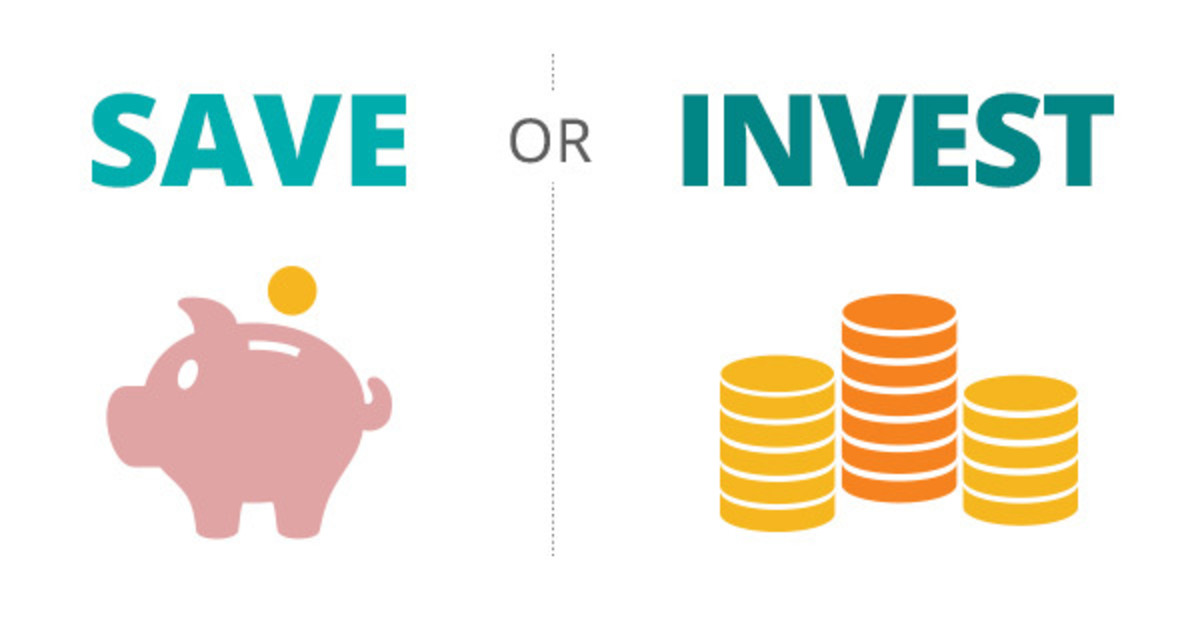How to Invest in a Bond Ladder.
Do you have extra cash available and aren't quite sure what to do with it? In these difficult economic times, this may be a rarity. However, for the people able to invest a few thousand dollars, there is much potential to increase the initial investment. Most seem to hide their spare change under their mattress, which is absolutely not the way to go. Let's explore how to create a bond ladder.
What exactly is a bond ladder?
A bond ladder, in short, basically is an investment of at least five bonds that will mature over time. If you sell a bond ladder before its maturity, you will either lose a little bit of money or break out even, so it is a partially long term investment, depending on how long you wish to make it for. Treasury bonds can be bought from a broker or from a website that sells them. The whole concept of the ladder is to have a bond mature in "rungs", either annually, biannually, or something of the like. This way, if there are any interest rate increases while your bond ladder is in full swing, the next bond up for maturity can mature and be reinvested with the higher interest rate.
Let's use an example to clear up any confusion. The key to success is patience and consistency. If I take my $10,000 and build the bond ladder portfolio, I would buy five $2,000 bonds. The bonds would therefore have different interest rates and different maturity times. I would set the first bond to mature in one year, and the interest rate would only be 1%. The second would be 2 years, with the interest rate at 2%. The same pattern goes on up until the last bond for 5 years. After the first year, the first bond will mature, and you will have the choice to either sell it and collect about $2,010 (which means you made ten bucks in a year), or reinvest for five years, thus adding gaining a higher interest rate twice (once for reinvesting an already matured bond and once for investing in a bond for more years). The reason why the reinvestment is five years is because after six total years there will be no more ladder rungs. Each reinvestment for here on is five years. This ensures that there will always be a bond maturing every year in order to take advantage of any interest rate increases. Remember, every time you reinvest an already matured bond, the bond's interest rate increases by about 1%.
Some General Tips and Facts
- The longer you stretch out the bonds to mature at longer intervals, the greater the risk. However, there is also a greater chance for profit.
- A bond that is sold before reaching maturity can only do more harm than good. It is certainly worth the money and time to wait it out.
- The "normal" bond ladder consists of anywhere from five to ten rungs. The more rungs you have, the closer your maturity rates should be.
- Invest at least $2,000 per rung at five rungs; anything less than that isn't worth it.
- According to most financial experts, the ideal bond ladder would be 10 rungs, with a rung maturing annually, at $10,000 each.








